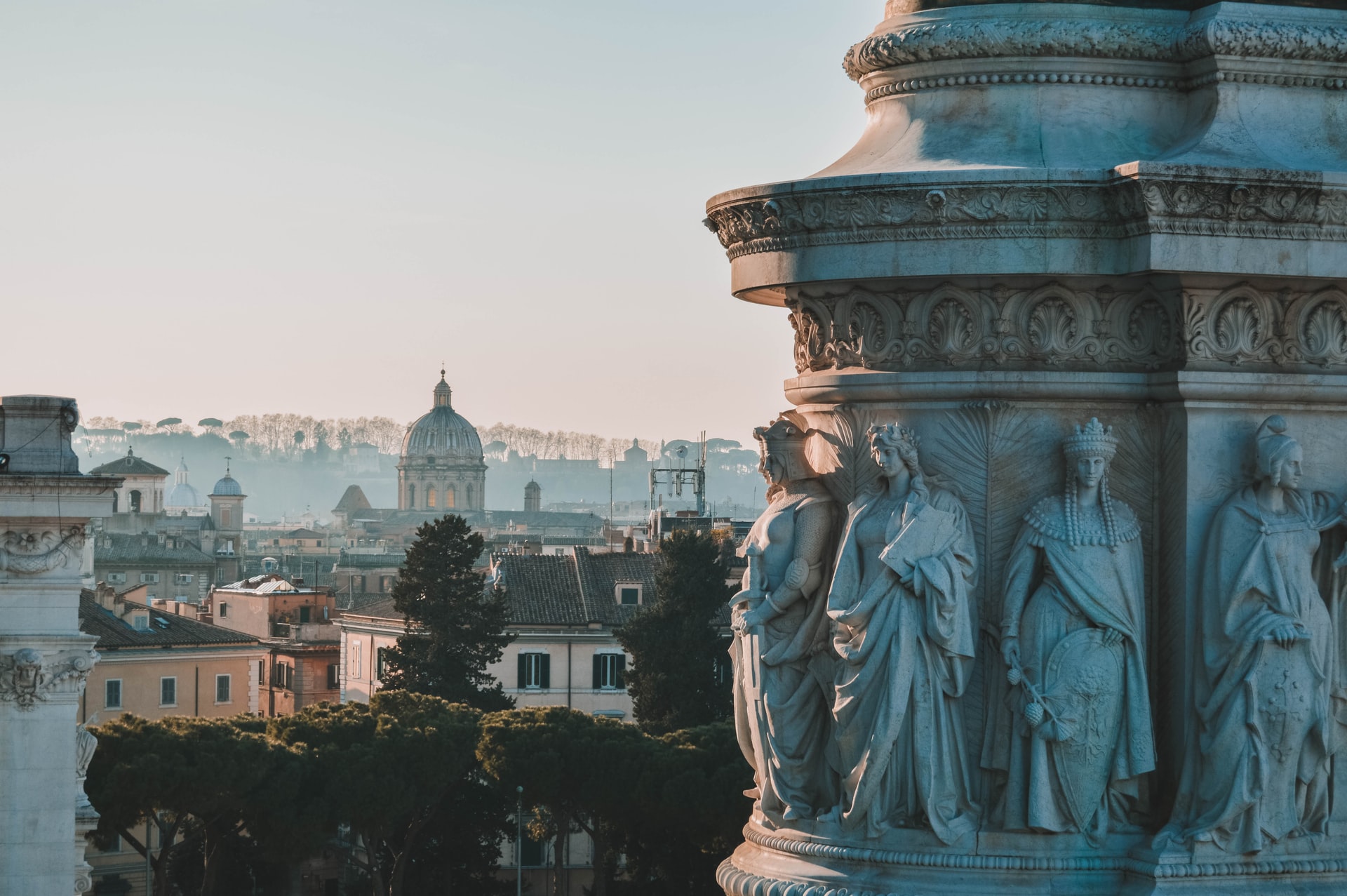
Lazio is frequently assimilated with Rome which is the resources of this region in the center of Italy. Nevertheless along with being the land of the ancient Roman civilization, Lazio can also assert unsuspected preeminences. For example, few people understand that Lazio is the land of lakes, possessing a greater variety of them than all the other Italian regions: from coastal to volcanic lakes, from artificial basins to antarctic lakes, from spring water and also karstic lakes to marsh and residual ones.
Rome (as well as also earlier, the Etruscan world) owes a whole lot to this land that is so rich in both river as well as lake water reserves that have assisted in inhabited settlements because ancient times.
Nonetheless, returning to the lakes, Lazio can really flaunt a European supremacy when it come to volcanic lakes: i.e., lakes that have created in the craters of volcanoes that are currently vanished.
Rome, Fontana del Mascherone
The region has four volcanic teams: Laziale, Sabatino, Cimino-Vicano, Vulsini, every one of which has generated a specific variety of lakes. While the lakes in the Alban Hills, i.e. those of Castel Gandolfo and also Nemi, nearer to Rome, supply a primarily wooded and also in some locations rugged landscape, the majority of the lakes in Upper Lazio rather present a landscape made up of mild hills that are grown or given over to field: this holds true of the lakes of Bolsena and also Bracciano and of the small yet charming basins of Martignano, Monterosi and also Mezzano. Lake Vico on the Cimini Hills which, due to its particular characteristics, is a nature reserve and safeguarded location, can be placed in between these two typologies.
Allow’s have a look at Upper Lazio.
Lake Bolsena, a European document
Lake Bolsena is the greatest lake of volcanic origin in Europe, in fact it was created by the separate of the Vulsini volcanic complicated which, as a result of volcanic eruptions, was emptied and then collapsed in on itself creating a massive caldera (a huge hollow which creates in the ground in communication with volcanic lakes) that slowly loaded with water. It is located in Upper Lazio, on the boundary with Umbria as well as Tuscany, and also is among minority Italian lakes in which it is feasible to swim. It has two islands: Bisentina and Martana.
Lake Bolsena, the biggest lake of volcanic origin in Europe.
Around these lakes today it is still feasible to appreciate the amazing proof of the glorious past which, in the XVI as well as XVII centuries, gave life to the ascendancies of the Farnese, Orsini as well as Lante-Della Rovere. Another fascinating information is that the history of these locations, during as well as after the Renaissance, is marked by the existence of the Popes: from Pius II Piccolomini, to Sixtus IV Francesco della Rovere, from Innocent VIII Giovan Battista Cibo to Alexander VI Rodrigo Borgia, from Julius II Giuliano della Rovere to Leo X Giovanni de Medici, to Clement VII Giuliano de Medici.
Montefiascone
A white wine deserving of emperors at Montefiascone
Not just Popes, but also traces of temporal power.
In fact, by complying with the scenic roadway in a clockwise instructions and also proceeding past Bolsena, the town after which the lake is named with its perfectly maintained middle ages area, we involve Montefiascone, a town which is well-known not just for its excellent geographic position (from its elevation of six hundred meters it dominates the whole of the lake), but likewise and, above all, for the production of Est!Est!! Est!!!: a dry, gewurztraminer with a positive fruity aroma. It interests discover the beginning of its name. The story goes that in 1111 a Flemish prelate called Johannes Defuk was traveling in Italy as part of the retinue of Henry V, emperor of Germany, that was going to Rome where he was to be crowned Emperor of the Divine Roman Realm by Pope Paschal II.
Defuk liked excellent wine and in order to make sure to taste just the “best” of the Italian production he set up to be preceded by a couple of days along his path by his faithful slave as well as cupbearer Martino who performed a reconnaissance of the location before his master arrived. Wherever the servant Martino discovered great white wine he left the words “Est!” created on the door of the inn. In Latin “Est!” ways “There is!” which suggested “there is excellent white wine”. Martino assumed the wine he tasted in Montefiascone was so great that to compose just one “Est!” was insufficient: so he created it three times, additionally exaggerating the exclamation marks (of which there were 6)